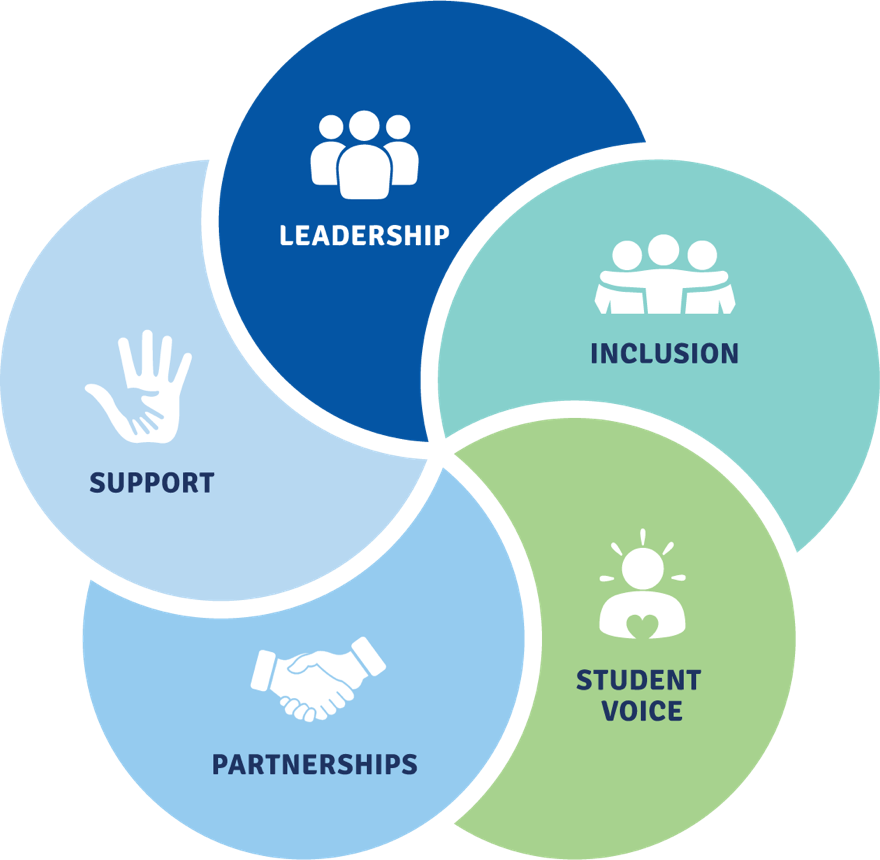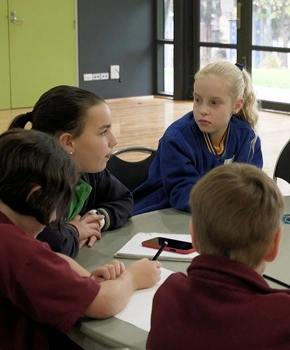AUSTRALIAN STUDENT WELLBEING FRAMEWORK
The Australian Student Wellbeing Framework supports Australian schools to provide every student with the strongest foundation possible for them to reach their aspirations in learning and in life.
The vision of the Framework is that Australian schools are learning communities that promote student wellbeing, safety and positive relationships so that students can reach their full potential.
The Framework is based on evidence that demonstrates the strong association between safety, wellbeing and learning.
Leadership Inclusion Student voice Partnerships Support










